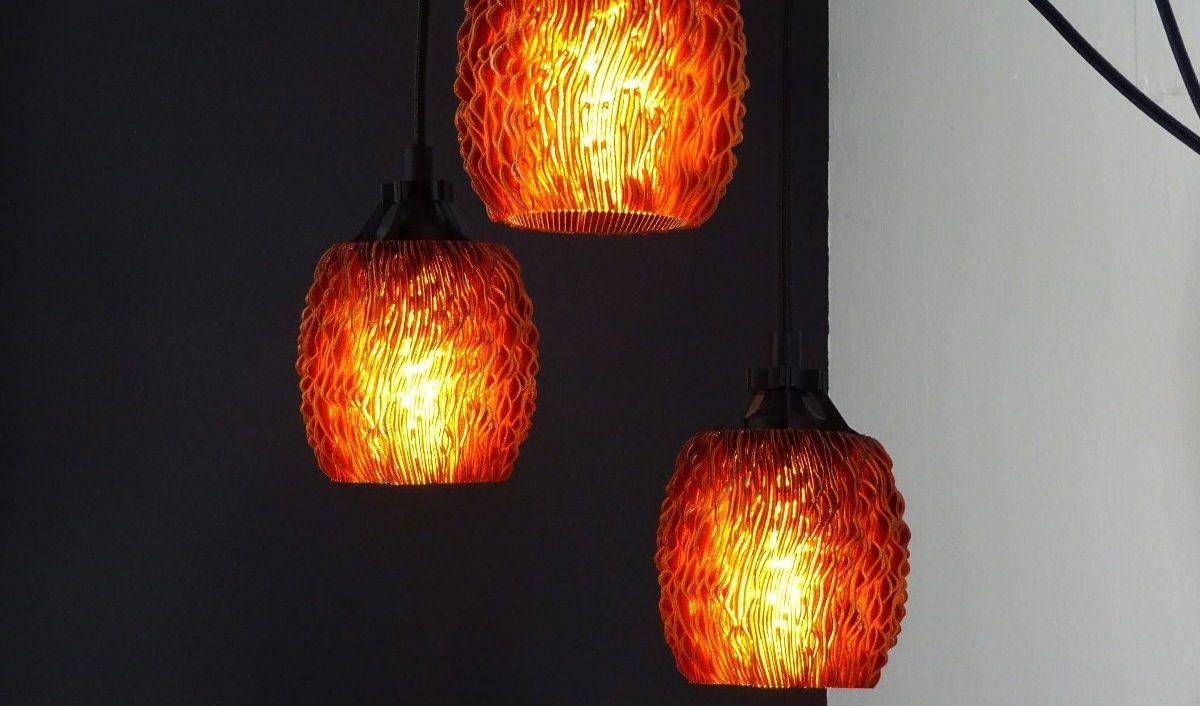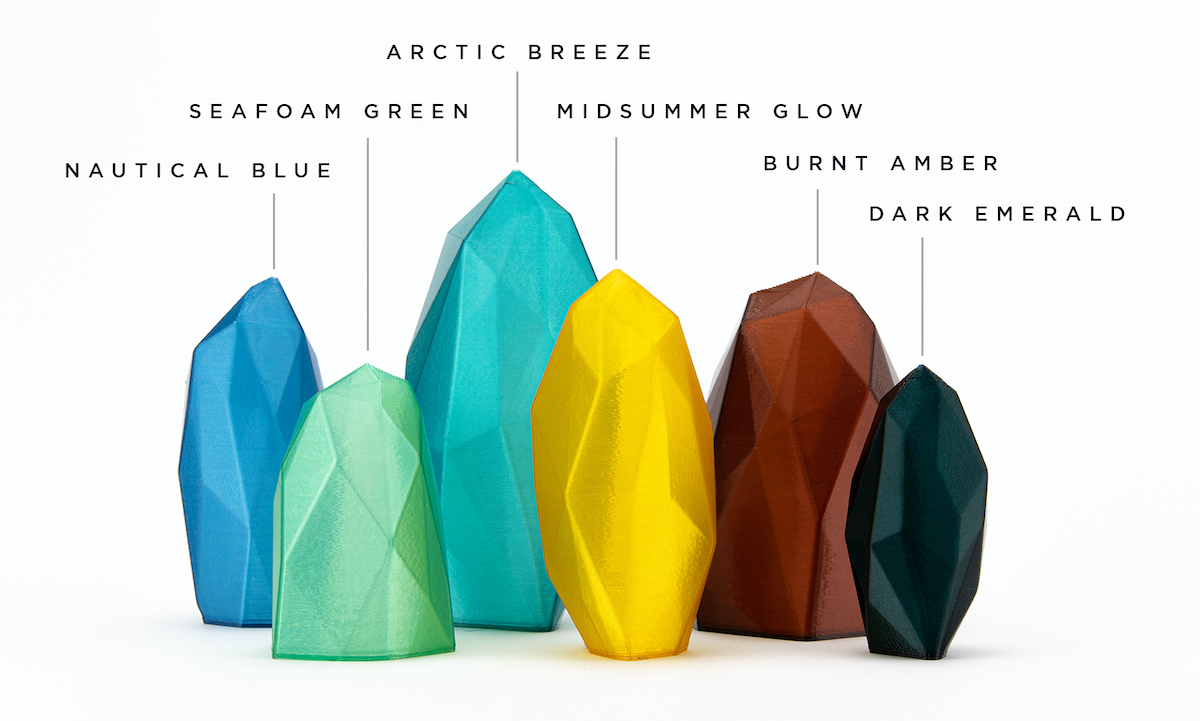Amsterdam-based 3D printing filament vendor, Reflow has launched a new eco-friendly range of ‘Seaglass’ translucent materials.
The company’s sustainable line of six rPETG materials is made from locally-sourced plastic and inspired by the environment and its ‘natural wild beauty.’ Through its new range of polymers, Reflow aims to limit and refine the broader 3D printing industry’s contribution to plastic pollution worldwide.
Reflow and sustainability in 3D printing
Founded in 2015, Reflow is an organization that aims to tackle plastic pollution by providing sustainable design and manufacturing alternatives. According to Reflow, the 3D printer filament range is the world’s first to be community-developed from recycled plastic waste. Over the past five years, the company has won several awards for its sustainable practices.
As a plastic waste collector, Reflow assesses polymeric refuse’ recyclability by seeking out and identifying the plastic materials hidden in trash. Following this, the company creates 3D printable materials through an extrusion process at its production facility in the Netherlands. Every kilogram of filament saved reduces carbon emissions by 0.5kg and prevents 820 grams of plastic waste.
Reflow also provides recycled plastics to investors, companies, and engineers, who have used the filaments to create a wide range of products, from prosthetic limbs to art. The company continually encourages growth within existing sustainable practices too, and since 2016, the firm has been working to ensure that 3D printing is sustainable and inclusive.

In the past, Reflow has donated five percent of its profit to improving the lives of waste collectors in India and invested in the African 3D printing industry.
Reflow has also provided countries like India and Tanzania with an open-source platform to produce 3D printer filament sustainably. The device can be built for just $1,500 and can create approximately 10kg of profitable 3D printer filament per-day. Within the machine, only specific bottle types are used to ensure high-quality filament production, and the overall project provides a leg-up to the international industry.
Reflow’s pollution-combating filament
Reflow has followed an environmental theme while naming its six new translucent filaments, by giving them names like Nautical Blue, Seafoam Green, Arctic Breeze, Midsummer Glow, Burnt Amber, and Dark Emerald. To prove what its filaments are capable of creating, Reflow also 3D printed a collection of multicolored gems that peak with a high spectrum of color at different infills and light settings.

The ‘G’ in rPETG stands for glycol, an additive that makes the material less brittle and more durable. rPETG is made from Polyethylene Terephthalate (PET) waste such as plastic containers and bottles. The polymer is widely used in the global recycling ecosystem because the ingredients are often ethically-sourced.
The plastic ultimately has adequate strength and impact resistance, high tolerance to heated temperatures, and visual qualities, as exhibited in Reflow’s multicolored gems. rPETG is compatible with most conventional desktop 3D printers, and the polymers’ strength qualities make it well-suited to applications in electronics, pharmaceutical, and medical practices.

How 3D printing is to help the environment
In recent years, researchers have integrated 3D printing technology into sustainable practices around the world.
In May 2020, researchers from the Greek Hellenic Mediterranean University carried out a study to determine the ecological impact of recycling ABS filament. The scientists set up a simulation of the recycling process that focused on thermomechanical treatments and conducted a number of mechanical tests on FFF printed parts.
In January 2020, a team at Aarhus University concluded that it was time to change the way the 3D printing industry consumes plastic. The research aims to develop a standardized, documentable 3D printing filament of high and stable quality from recycled plastics.
In-line with the theme of recycling, in 2019 KLM Royal Dutch Airlines became the first international airline to recycle PET bottles to create 3D printed equipment. The airline collects empty PET bottles from its flights and sends them to Dutch company Morssinkhof Rymoplast for recycling.
What companies do you think are leading the 3D printing industry? Let us know by nominating them for the 2020 3D printing Industry Awards.
The fourth edition of the 3D Printing Industry Awards Trophy Design Competition is now underway! Enter your design for your chance to win a CraftBot Flow 3D printer.
Check us out on Twitter and Facebook for more updates! Don’t forget to subscribe to the 3D Printing Industry newsletter to keep up-to-date with the latest 3D printing news.
Are you looking for a job in the additive manufacturing industry? Visit 3D Printing Jobs for a selection of roles in the additive manufacturing industry.
Featured image shows Reflow’s new ‘Seaglass range of rPETG 3D printing filaments. Image via Reflow.


